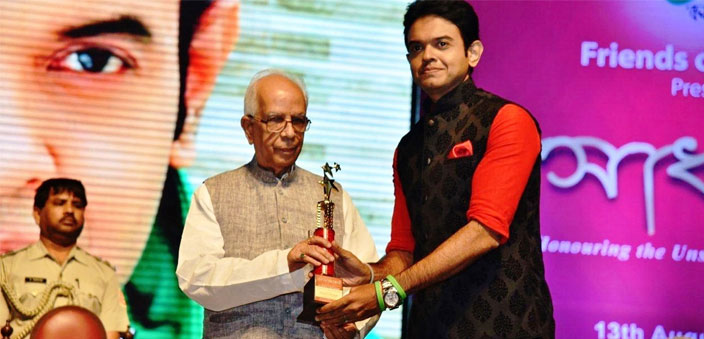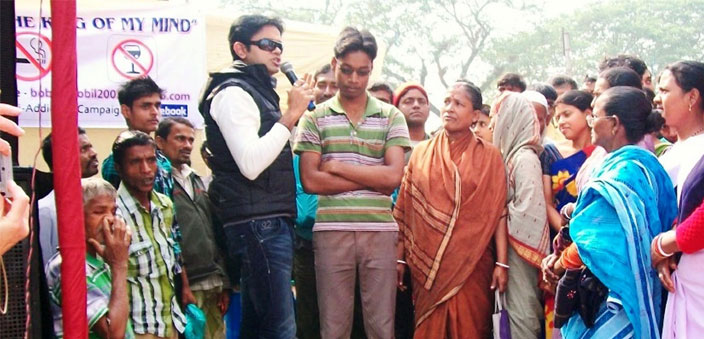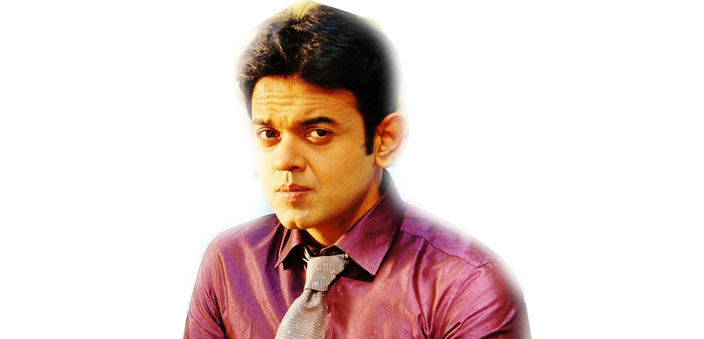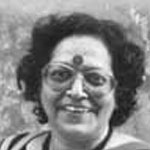There must have been a spark that set the whole thing off. What was it?
I lost an uncle, talented, good-looking and affectionate, when he was 29. He was a drug addict. That was the trigger that set my activist juices flowing. I was an active member of the anti-addiction drive in school which continued when I did my marine engineering, and even when I served in the merchant navy. In 2002, I took a very bold step by quitting the merchant navy and jumping into films and television. I looked around to find that almost everyone in the industry, from the director to the spot boy smoked and drank. This strengthened my determination to continue with my movement.

But you needed to get the entire activism organised, right?
Right. I decided to begin the movement in schools because that is where these problems begin, and my effort would be that much more important to me and to the society at large. It took shape in June 2012 with a group of 250 students sponsored by an NGO in their indoor centre at Sonarpur.
How many schools have you covered till now?
I must have covered a little more than 200 schools not only in West Bengal, but in a few places beyond West Bengal such as Gwalior and of course, in the USA, not once but twice, in 2014 and again in 2017. This campaign has now crossed the borders of schools and colleges and entered into the red light areas of Sonagachhi, which is the notorious red light district of Kolkata, along with Kalighat and Munshiganj where children are prone to fall prey to drug pushers, to smoking and drinking more easily than other children. I have also carried my programme to the underprivileged children in several NGOs, the IT Sector of TCS in Sector 5 in Kolkata.
How do you perpetuate the message among the children?
I first approach the principals of different schools either through phone or email followed by direct contact, and try to persuade them to permit me to conduct a two-hour interactive session with the kids, trying to instil in them an awareness about addiction and substance abuse of every kind such as cigarettes, hookah, alcohol and drugs. The children span the classes seven to twelve. Then I interact with them to check their attentiveness during my demo and now this has become more than just a session against drug addiction, because it teachers the child to rule the mind, to learn the value of life, health and family. This mission is neither a business proposition nor a political propaganda, because I stay away from any party representation in any way. I do not charge any fee for the demonstrations and the sole purpose is to raise social awareness against addiction and substance abuse.
You have a special facebook page for your campaign?
This special page has more than 1800 members, almost all of them students I met in their respective schools. Many of those who have passed out of school have remained with this movement and with me. Their commitment does not begin or end with posts on the page, but extends to help me actively in my campaigns. Among them the first name is of Arjun Sarkar, my brother, who studies computer engineering. South Point High School students Saurav Banerjee and Utsav Dan, Agnirudra Sarkar of Calcutta Boys School, Devjit Chatterjee of DAV Public School, Debraaj Chowdhury, Arghya Dev and last but never the least, Nirmalya Sarkar of Kendriya Vidyalaya and Kunal Dey of Sarada Prasad Institution Utladanga, who helped me greatly in my visits to the schools in the Sundarbans. They often volunteer to come along with me to different schools, help me set up the proscenium for the workshop, document facts and help me in my presentation. I call them the soldiers in my army, spreading peace and harmony of a different kind.
Any anecdotes from children who have had a bad family experience with smoking or alcohol?
So many that I can write a book on those experiences put together! Once, a boy of around 14 in a reputed school came up to me and said that he drinks regularly from his father’s bar at home, and has become an addict but wants to come out of it. I contacted his father, a noted man in the city, and told him that in his desperation to show off his affluence with a bar right at home, he had no idea that it might lead his 12-year-old boy to alcohol. It took time for him to take this in, but he relented later and also called me up to tell me that he had removed the bar from his home. I am still in touch with the boy and he has come out of his addiction for good.
What about teachers you would like to mention who helped you in the campaign against any kind of abuse in schools?
There are many teachers and principals who have helped me by inviting me to their schools again and again. But the one name that stands out is that of Mr. Nitai Naskar, retired headmaster of Teghariya Bidyapith, Sonarpur. I met him for the first time in June 2013 when I went for a campaign when he was the acting headmaster. But he took my mission forward to as many as 41 rural and suburban schools all around 23 Parganas (South) tirelessly, selflessly and passionately. He is 77 now, but his drive is tremendous. I wished to felicitate him with a token of gratitude because I know how next to impossible it is to convince authorities and personnel to organise anti-addiction sessions. I know how challenging it is to garner support and cooperation for this kind of social work even when it is for free. I finally got the opportunity to honour him just before the Durga Pooja this year in our Anti-Addiction Campaign (AAC) in his own school, where he was once the headmaster.

How were the two US trips on invitation from different schools and colleges in 2014 and 2017?
For both the trips, I am deeply grateful to Dr. Sanku Mallik, scientist at North Dakota State University and his wife Ipsita Malik, who is a microbiologist at the same University, without whom neither of my US trips would have happened and succeeded the way they did. This time, I also got great help and encouragement from Dr. Khwaja Hossain and Mrs. Jolly Green, the mother of Sreejon Lala who passed away in a tragic car crash when he was only 17. They helped spread my mission in the US. I had made a 14-minute musical drama video called My Wonderful World as part of my presentation in the US with some soldiers from my army. This 2017 visit is very special to me because, I got invitations from two of the largest universities in the US namely, the Minnesota State University and the Mayeville State University, in addition to the invitation from one of the largest schools in the US the Chaney Middle School. The experience and the feedback for the presentations and the musical drama were spell-binding.
Tell us about the awards that you have been bestowed with.
In October 2015, I received the prestigious Shrestha Samman award, and in August 2016, I received the very honourable Asadharan Award. Both were handed over to me by the Honourable Governor of West Bengal Shree Krishna Tripathi, and the recognition was for being a young “Changemaker” of society.
How do you visualise the future of this movement?
I want this movement to carry on…even when I am not there…but who is going to take it forward with as much passion and selflessness as it demands? I hope it does not end with me. But I believe that all of us can spread our wings beyond our immediate families to bring a change. Life is short and as we realise that the clock is ticking away, we begin to understand that we must give back to the society that has given us so much….


 [/column]
[/column]